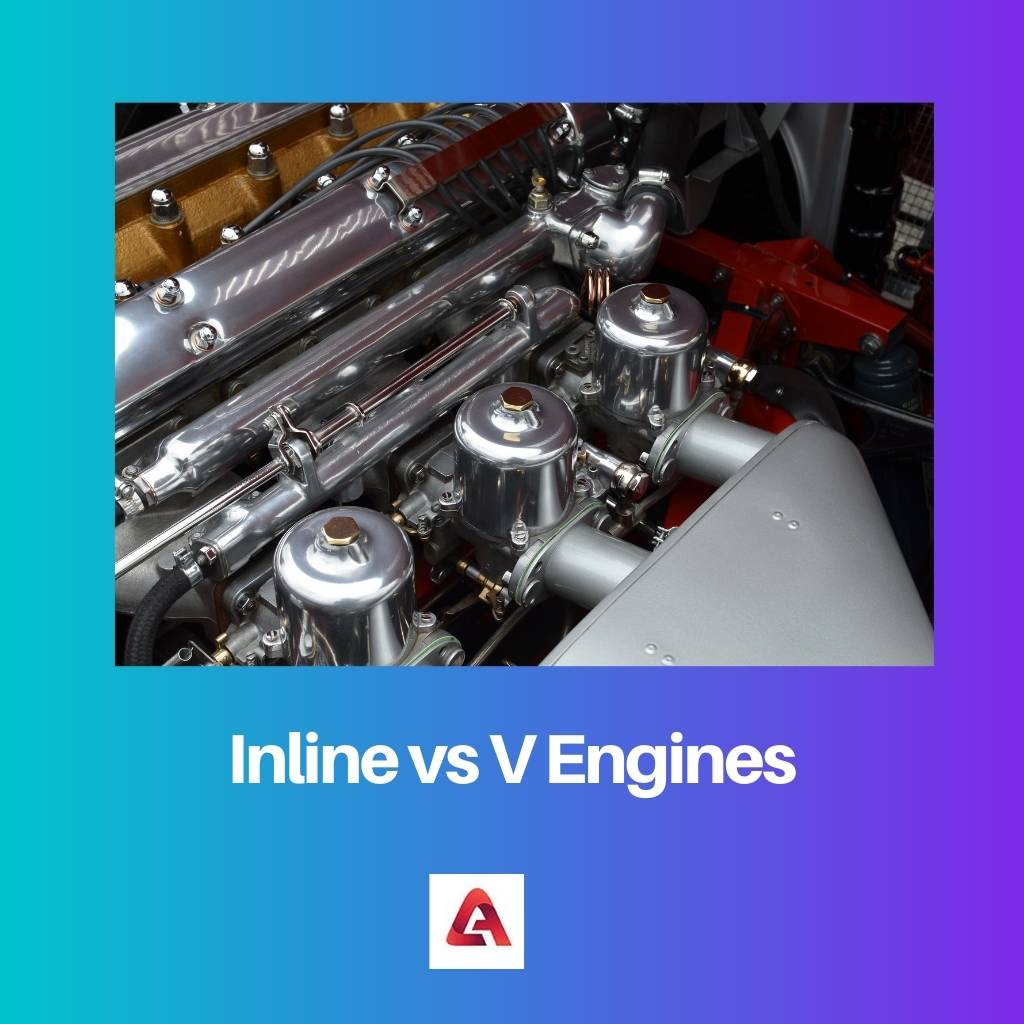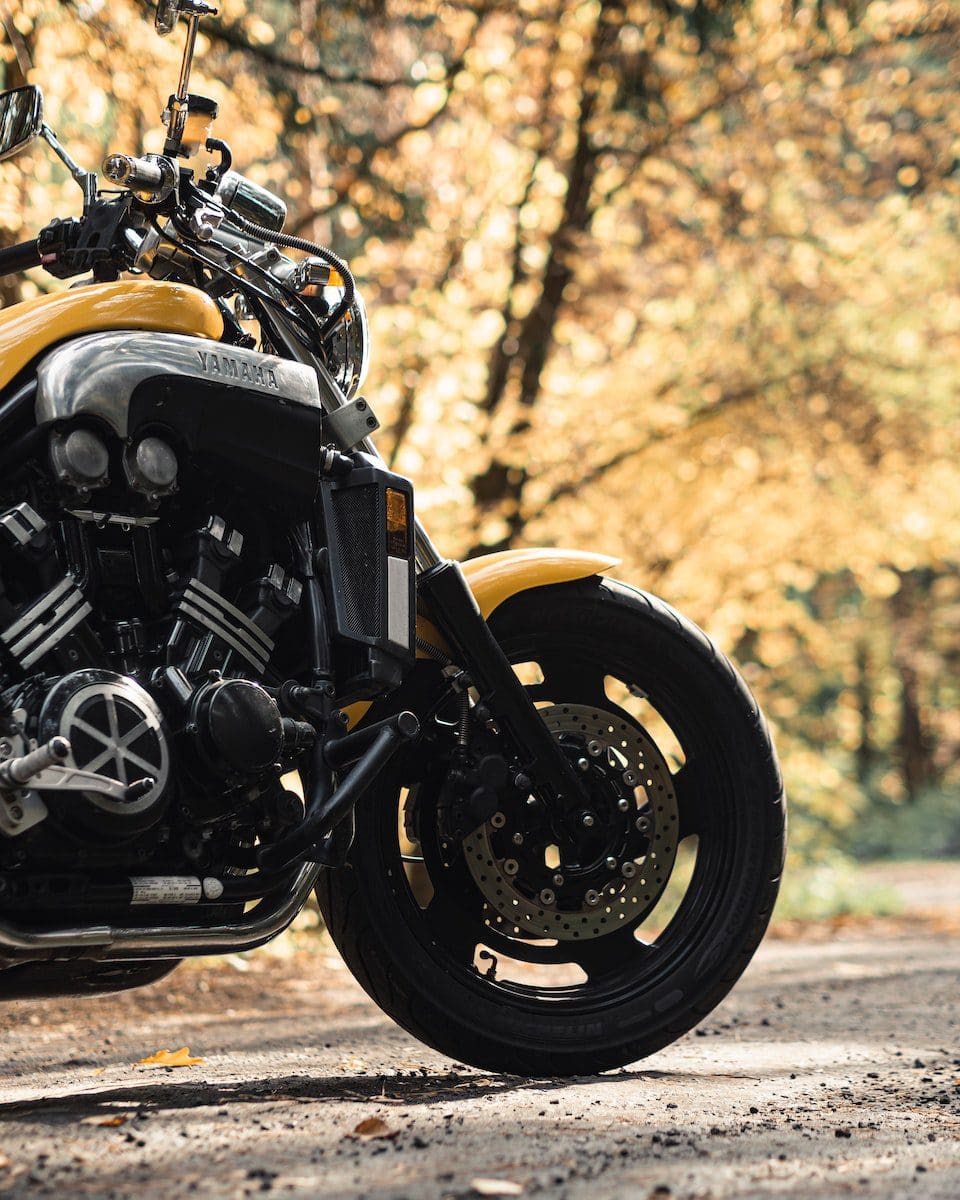From cars to motorcycles containing multiple cylinders, inline and v engines are used. The most significant factor that determines the efficiency and performance of a vehicle is its engine and features.
Key Takeaways
- Inline engines have all cylinders in a straight line, while V engines have cylinders arranged in a V shape.
- Inline engines are more compact than V engines and can be easier to work on, while V engines offer better balance and smoother operation.
- V engines can be designed with varying degrees of V-angles, affecting their performance and efficiency, while inline engines have a simpler design with less variation.
Inline vs V Engines
An inline engine, also known as a straight engine, has all its cylinders arranged in a single row, with each cylinder connected to the crankshaft. Inline engines can have as few as two cylinders, but they can also have up to six or more cylinders. A V engine has its cylinders arranged in two banks at an angle to each other, forming a “V” shape. V engines can have anywhere from two to twelve or more cylinders.

Inline engines are also called straight engines. It is one among the configurations of internal combustion in which the cylinders are placed in the same row and do not have an offset.
A v engine is also a commonly found engine configuration found in vehicles. Two-cylinder banks are present in the v engine. The alignment of the cylinder resembles the letter v and, thus, the name.
Comparison Table
| Parameters of Comparison | Inline Engines | V Engines |
|---|---|---|
| Resistance to Vibrations | Inline engines aren’t resistant and durable towards vibrations. | V engines can perform exceptionally well during vibrations. |
| Number Of Cylinders | It has less number of cylinders comparatively. | It has a more significant number of cylinders. |
| Dimensions | Inline engines have an extended structure. | V engines have a width-dominant structure. |
| Alignment Of Cylinders | The cylinders are perfectly aligned in a straight row. | The cylinders are aligned at an angle that represents the v shape. |
| Another name | They are also called straight engines. | They are also called inverted engines. |
What are Inline Engines?
Inline engines are best known for their easy construction and assembling nature as it requires very few cylinder heads. They are compact and smaller in dimensions. It is commonly used in its four-cylinder configuration for good efficiency.
It is a conventional engine type, and the cylinders are aligned in a single straight row. Due to the more accessible and less time-consuming factor, it is incredibly cheap regarding the manufacturing cost. Inline engines have a maximum capacity of up to 30 liters.
Passenger cars and automobiles with A, B, and C segments are built with inline engines. Removable liners are used in the cylinders of these types of machines. They are made out of metals and resist water.
Their single-row arrangement provides them with a narrow body. It does not need many camshafts. Their petite body and lesser frontal area assist in reducing drag and also improves visibility from the cockpit of an airplane.

What are V Engines?
These v-engined or inverted engines were found in aviation. Though the cylinders are aligned to form a v, the angle between them varies from engine to machine. V 12 engines have a perfect primary and secondary balance.
Due to the style of construction, the height, length, and width reduce. Designing these engines is quite complex, takes more ti,e, and eventually, the manufacturing cost is also expensive.
Compared to the other 8-cylinder competitors, they are smaller and more compact. It supports better aerodynamics due to the low position of the bonnet. The indigenous design and construction reduce the vibrations and enhance the primary balance.
Though high in speed and performance, it has a smoother operation. Since it occupies less space, it is best suited for race cars and sports vehicles. It has two planes in which the cylinders and pistons are aligned in the v position.

Main Differences Between Inline and V Engines
- Inline engines are called straight-line engines due to the layout of their cylinders, and the v engines are known as inverted engines.
- Inline engines cannot perform effectively during vibrations, whereas v engines could.

- https://www.sae.org/publications/technical-papers/content/2013-01-2002/
- https://papers.ssrn.com/sol3/papers.cfm?abstract_id=3136097